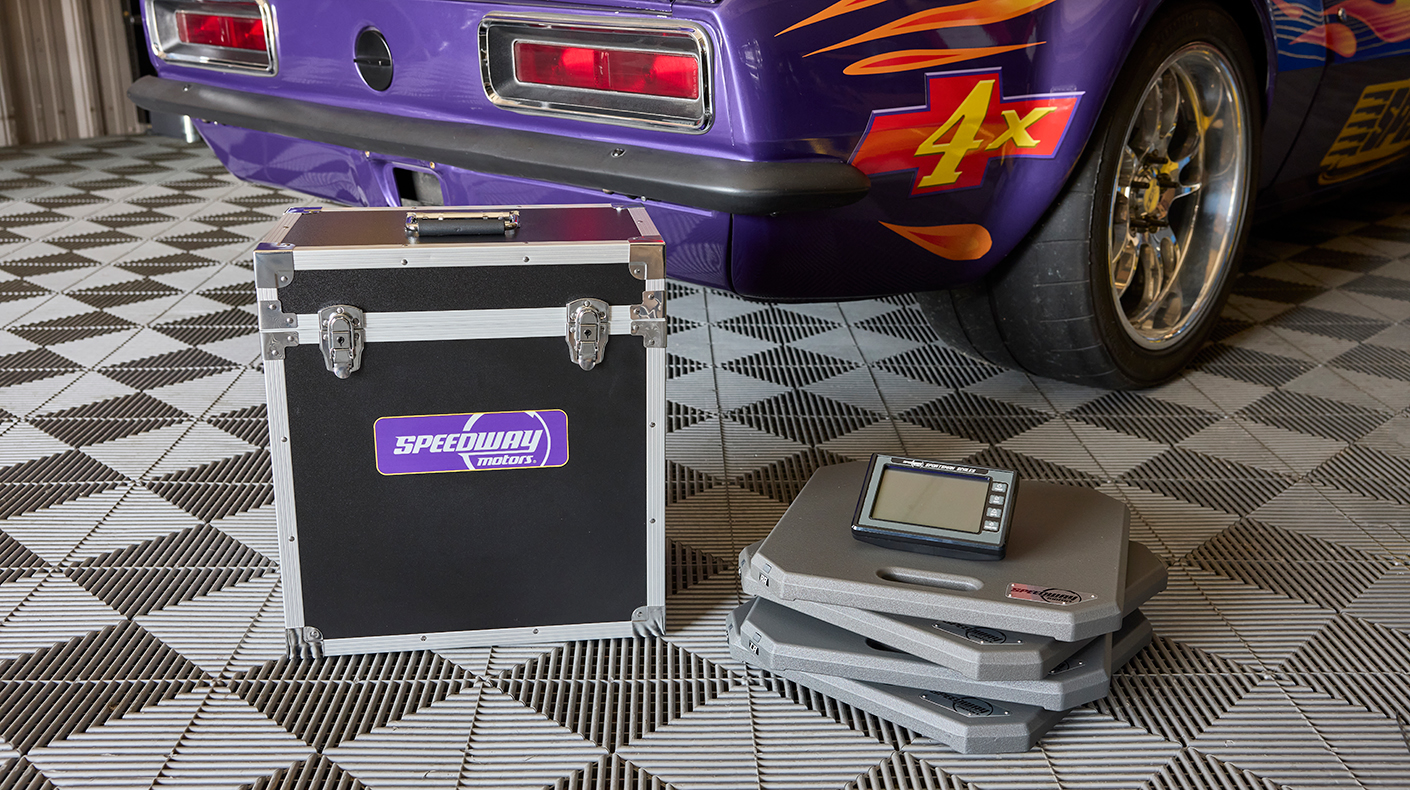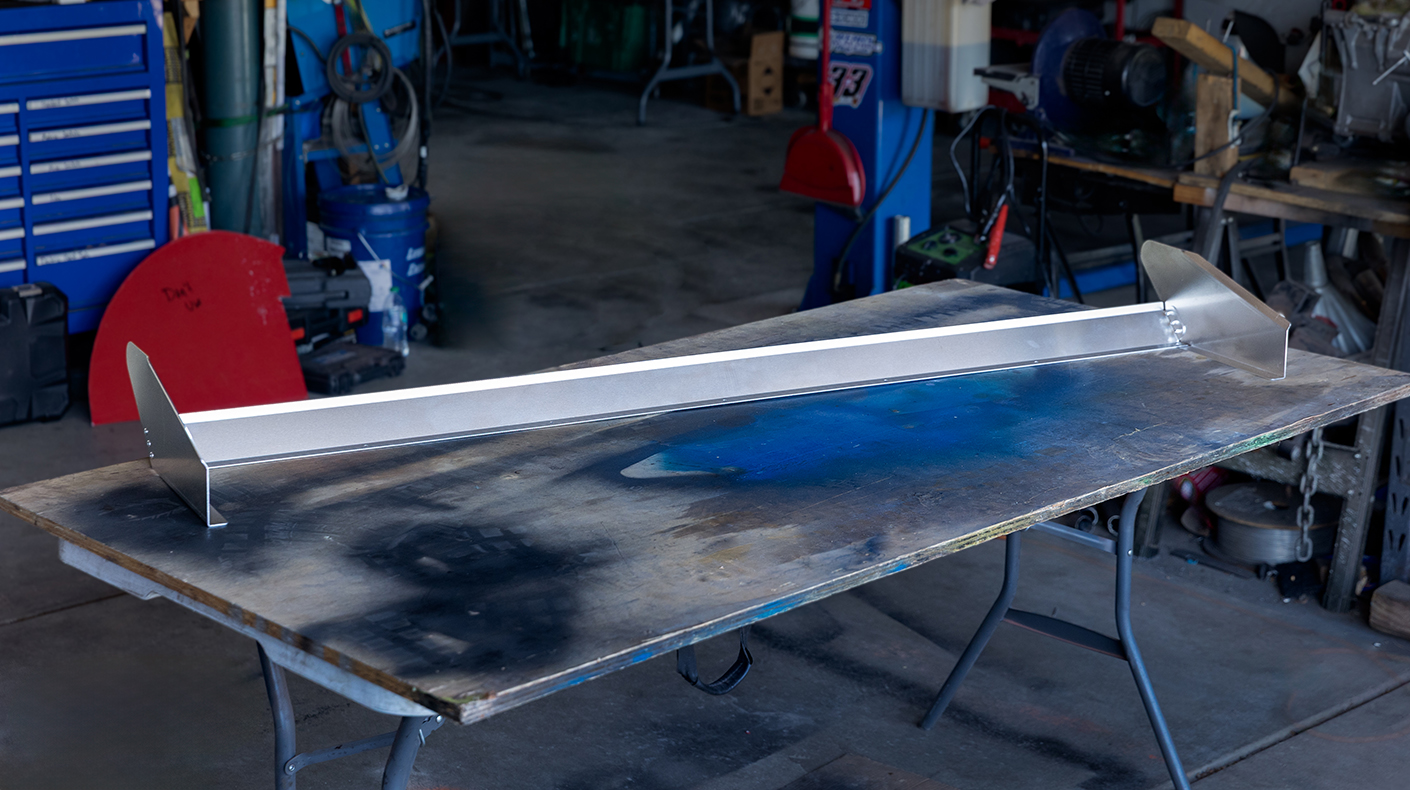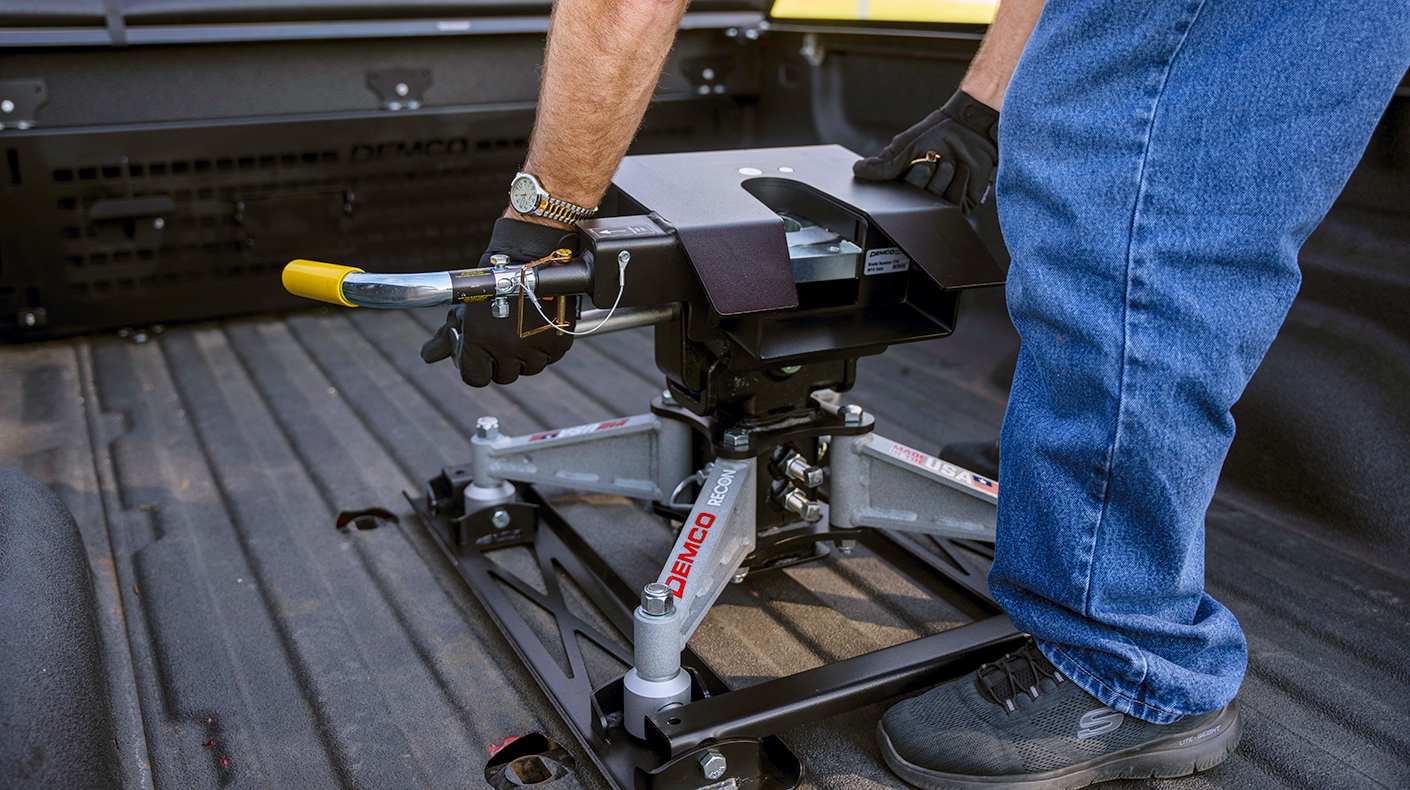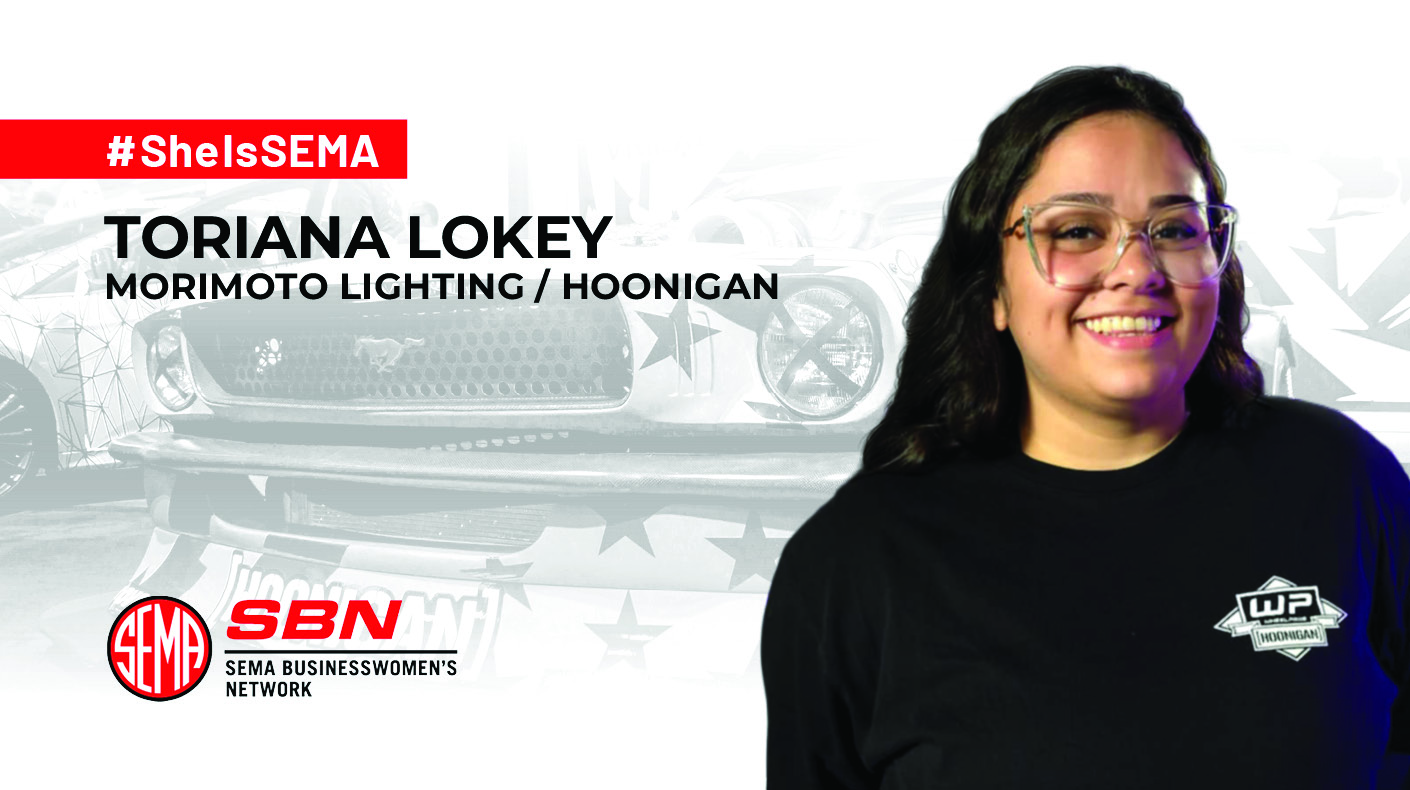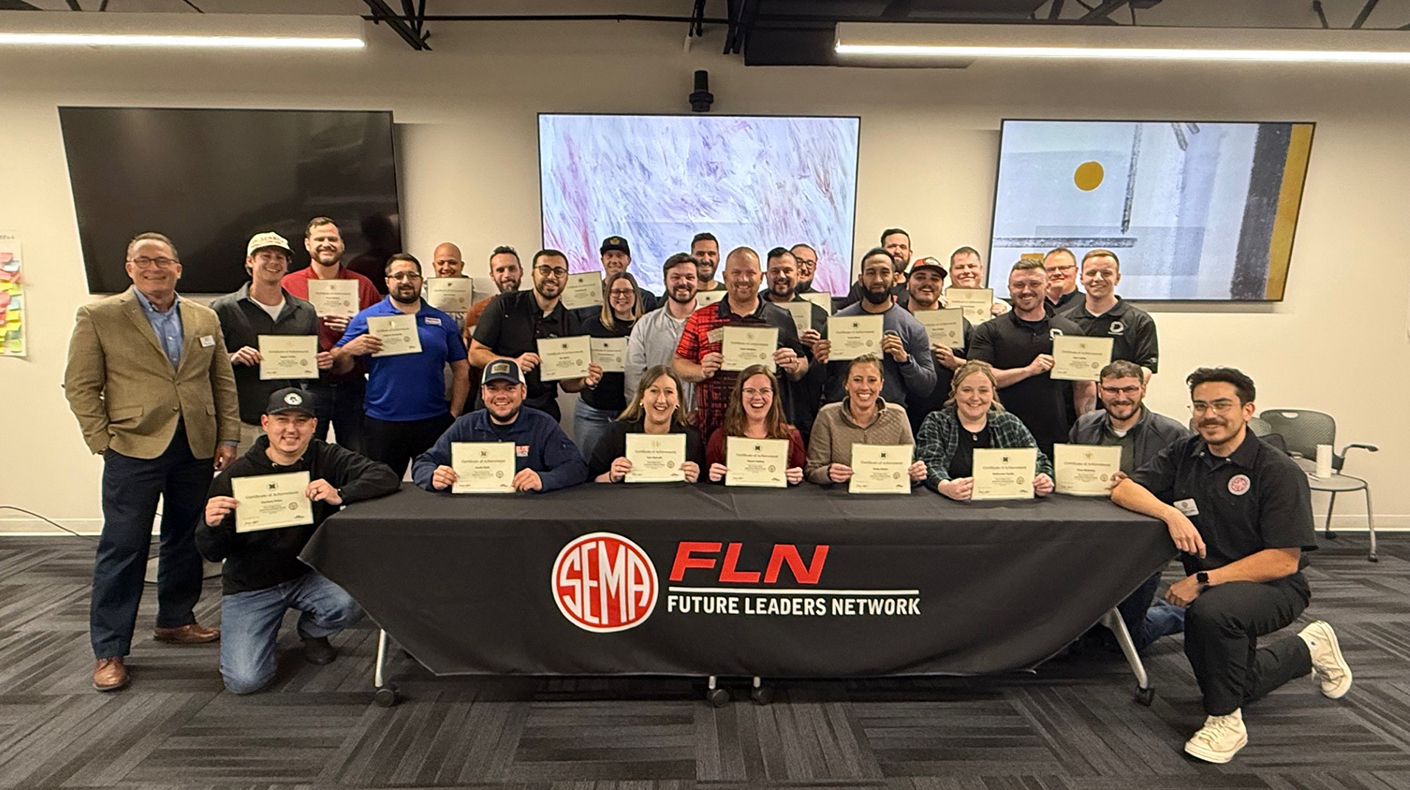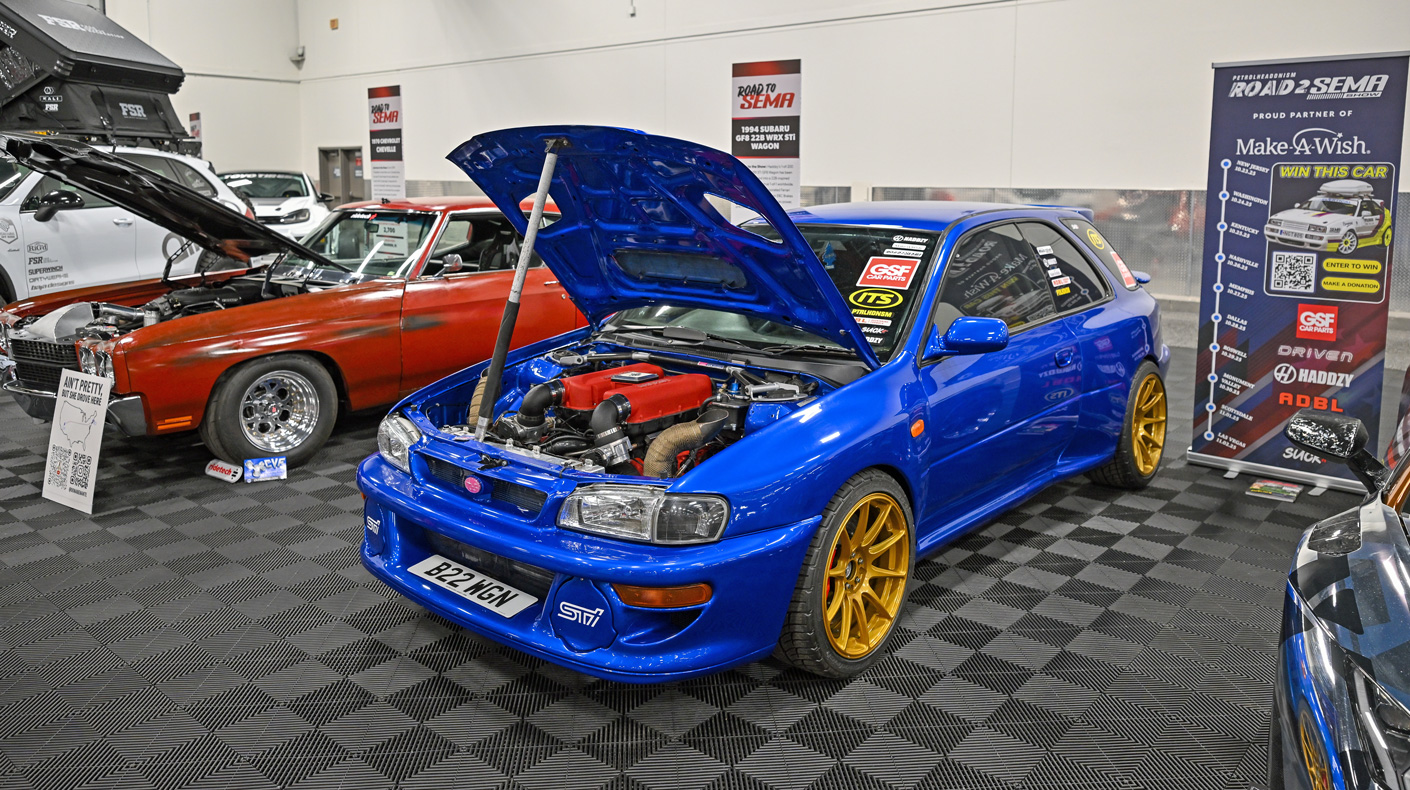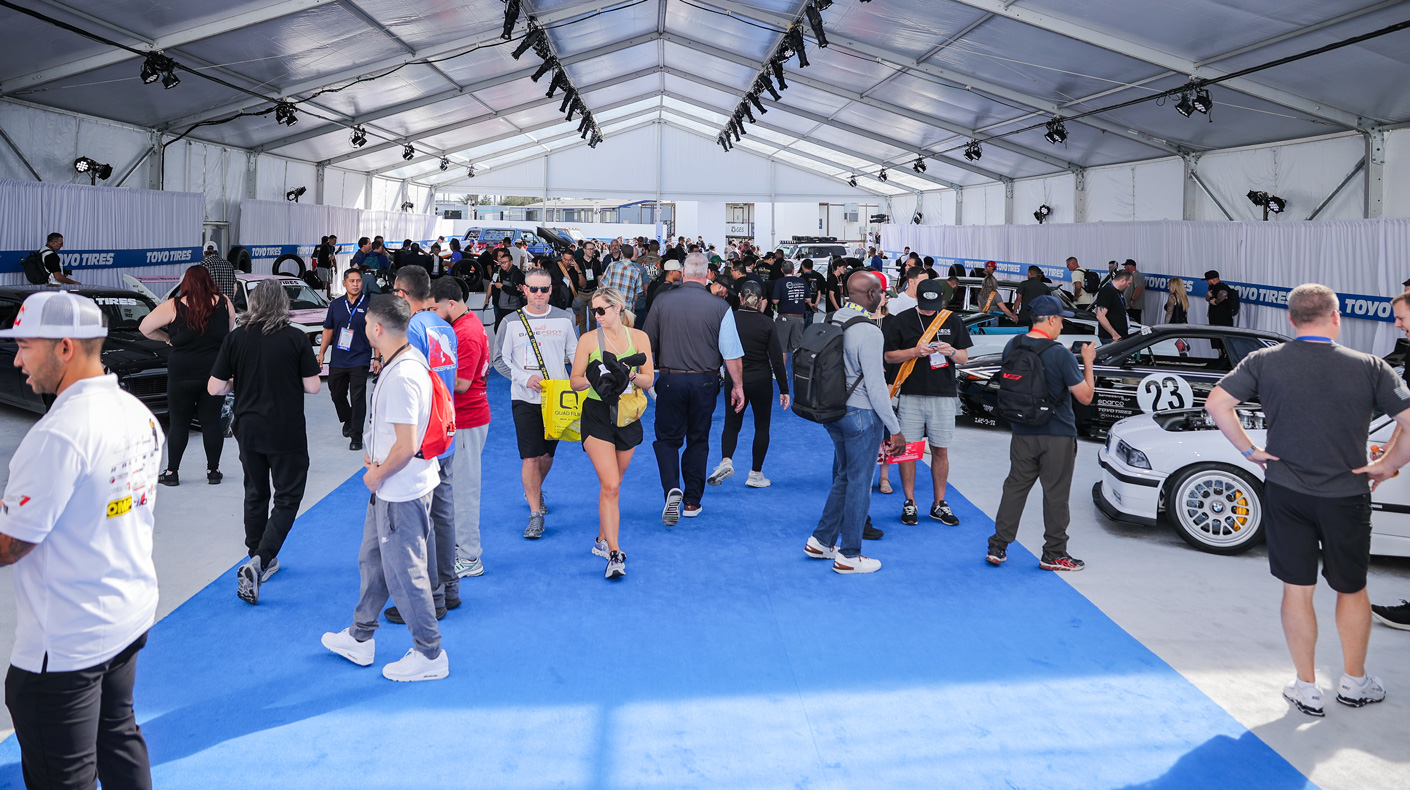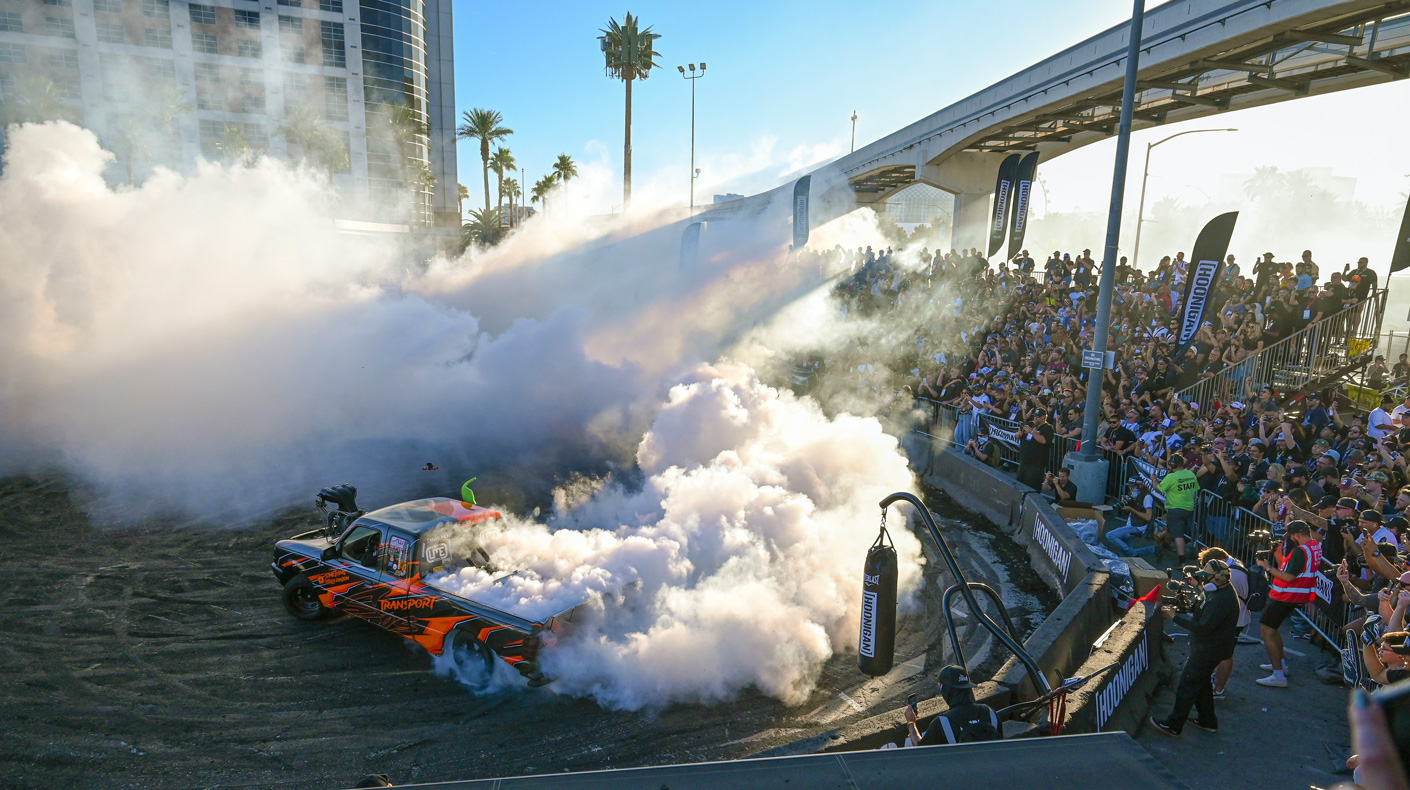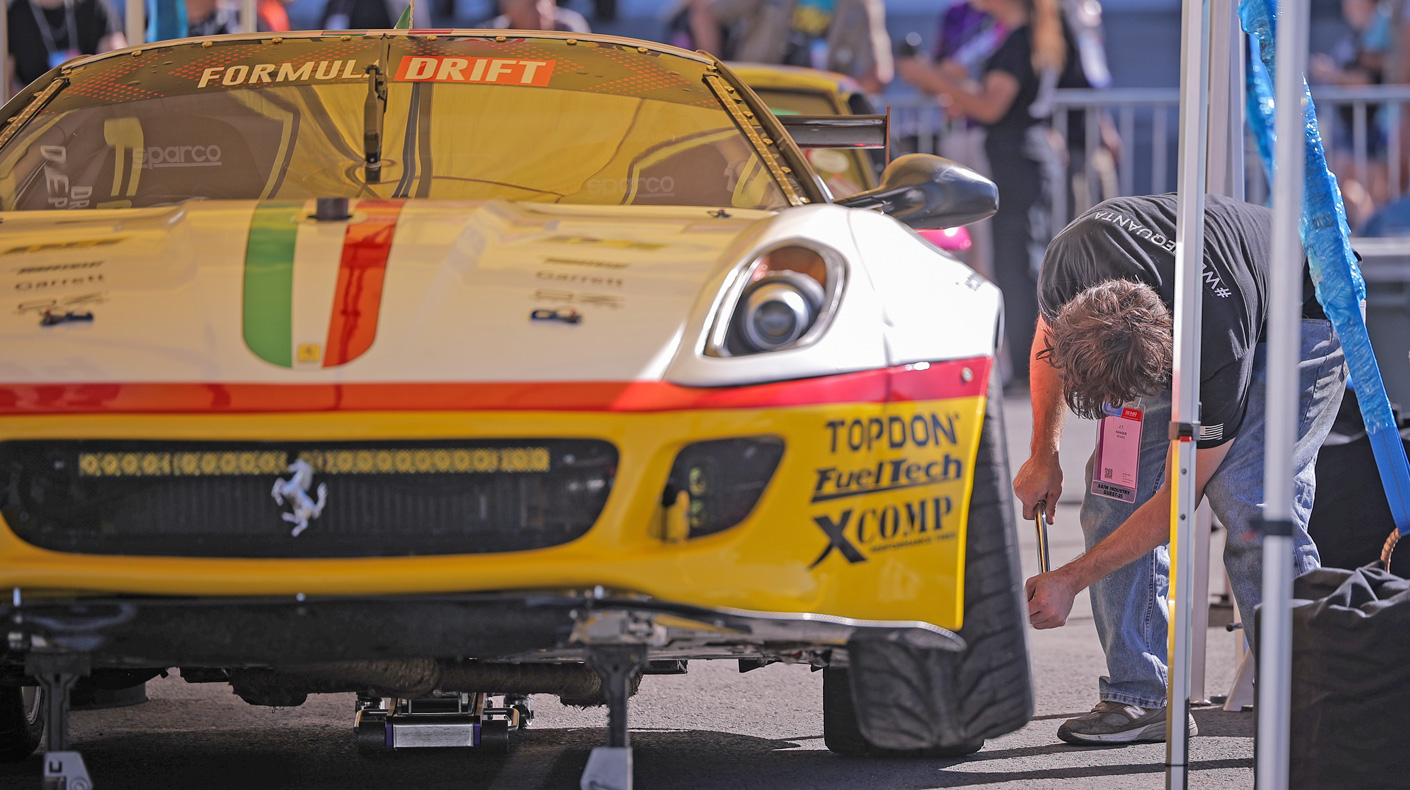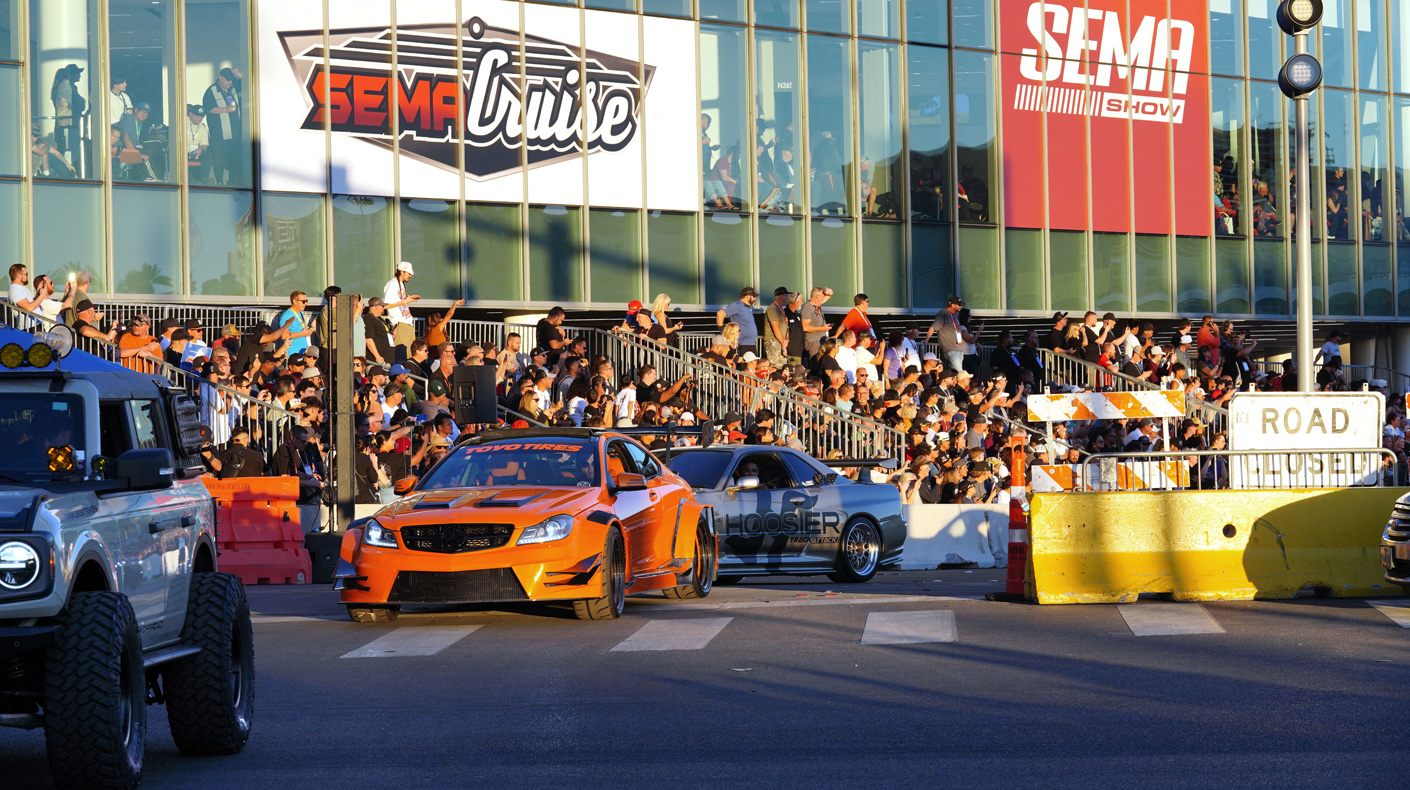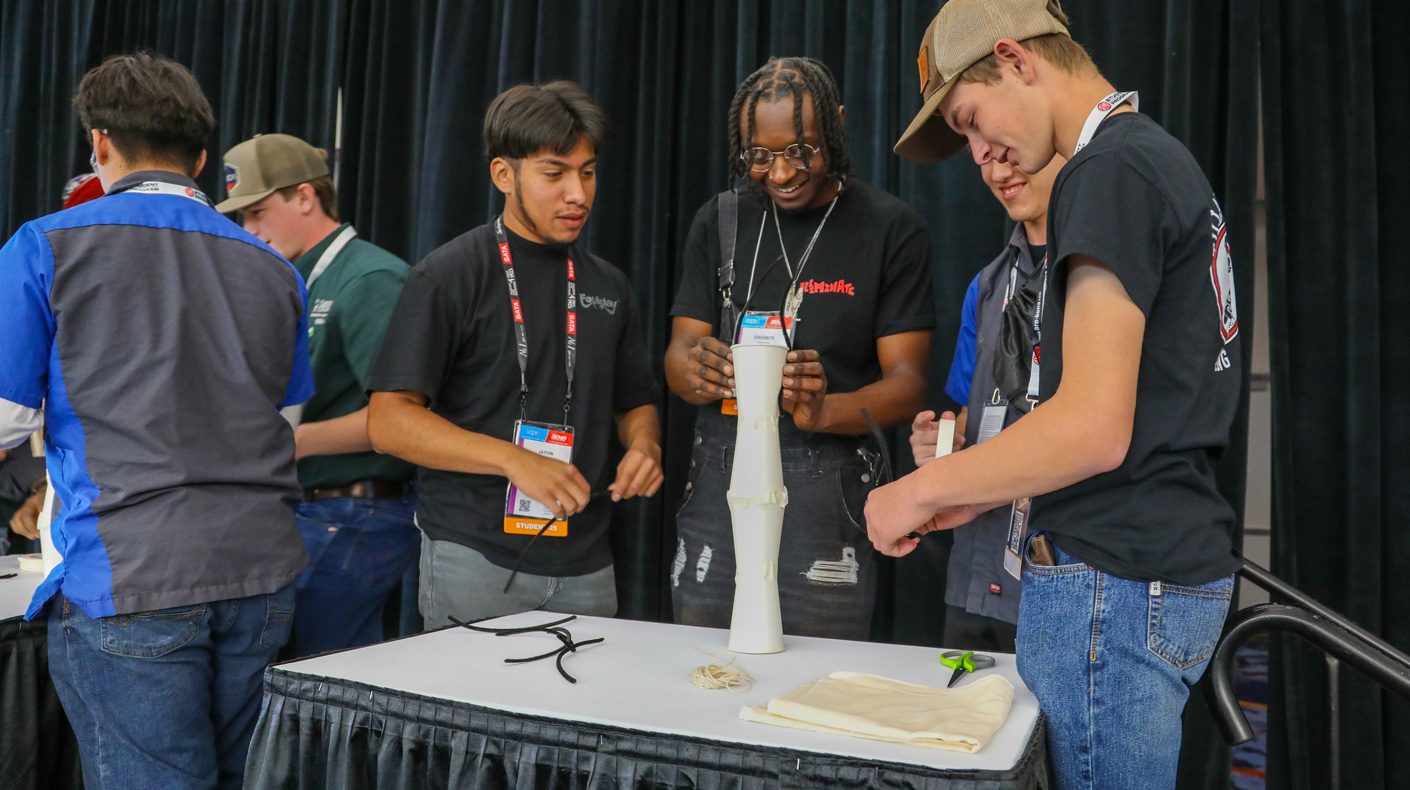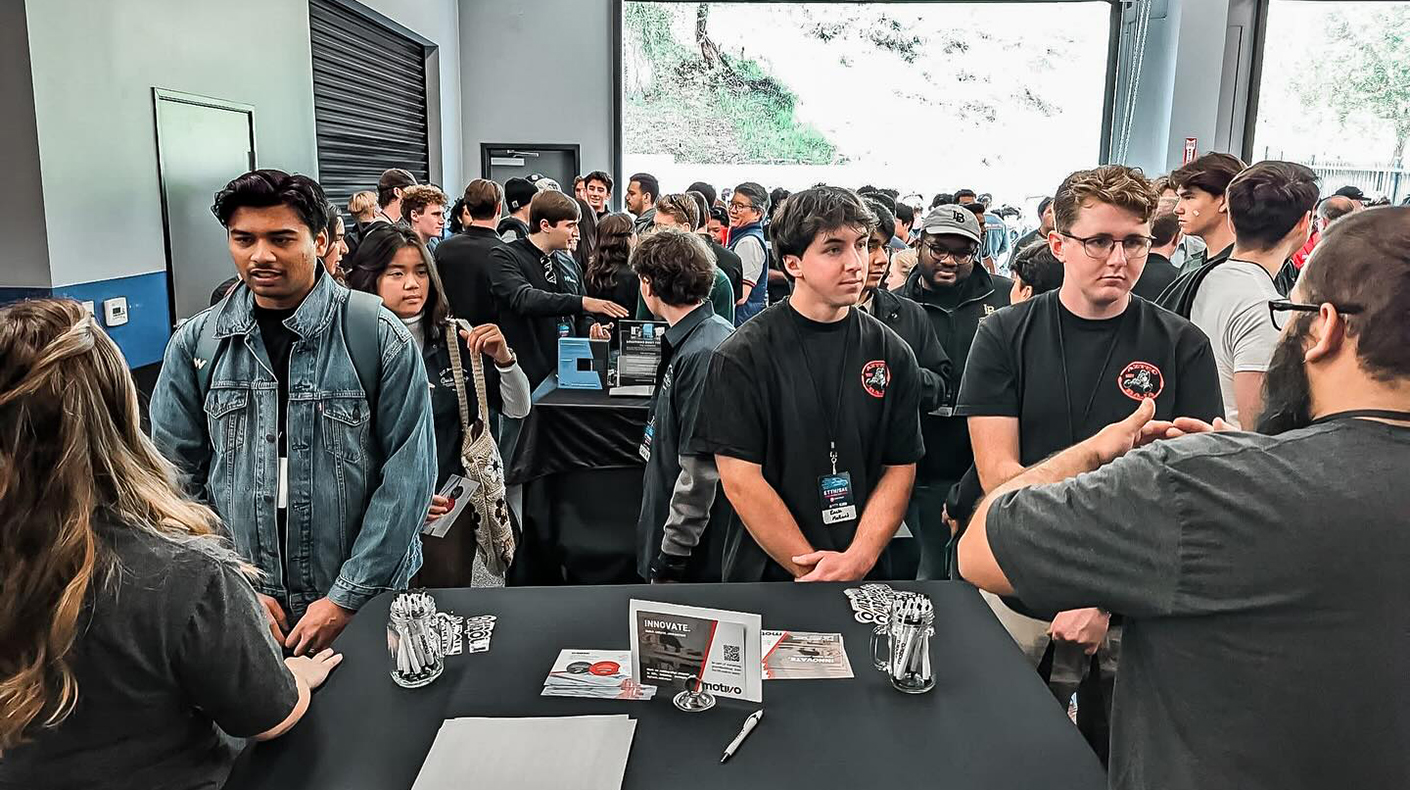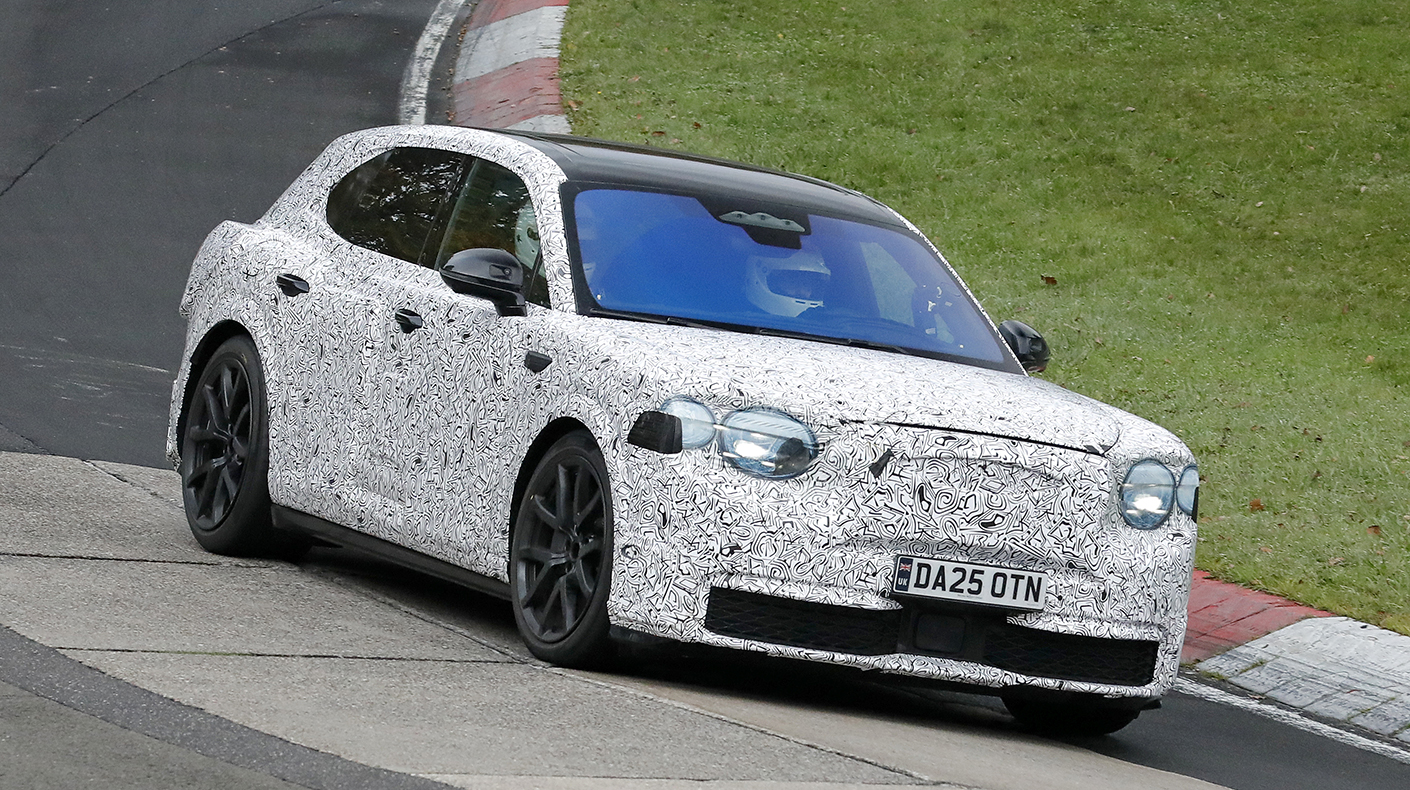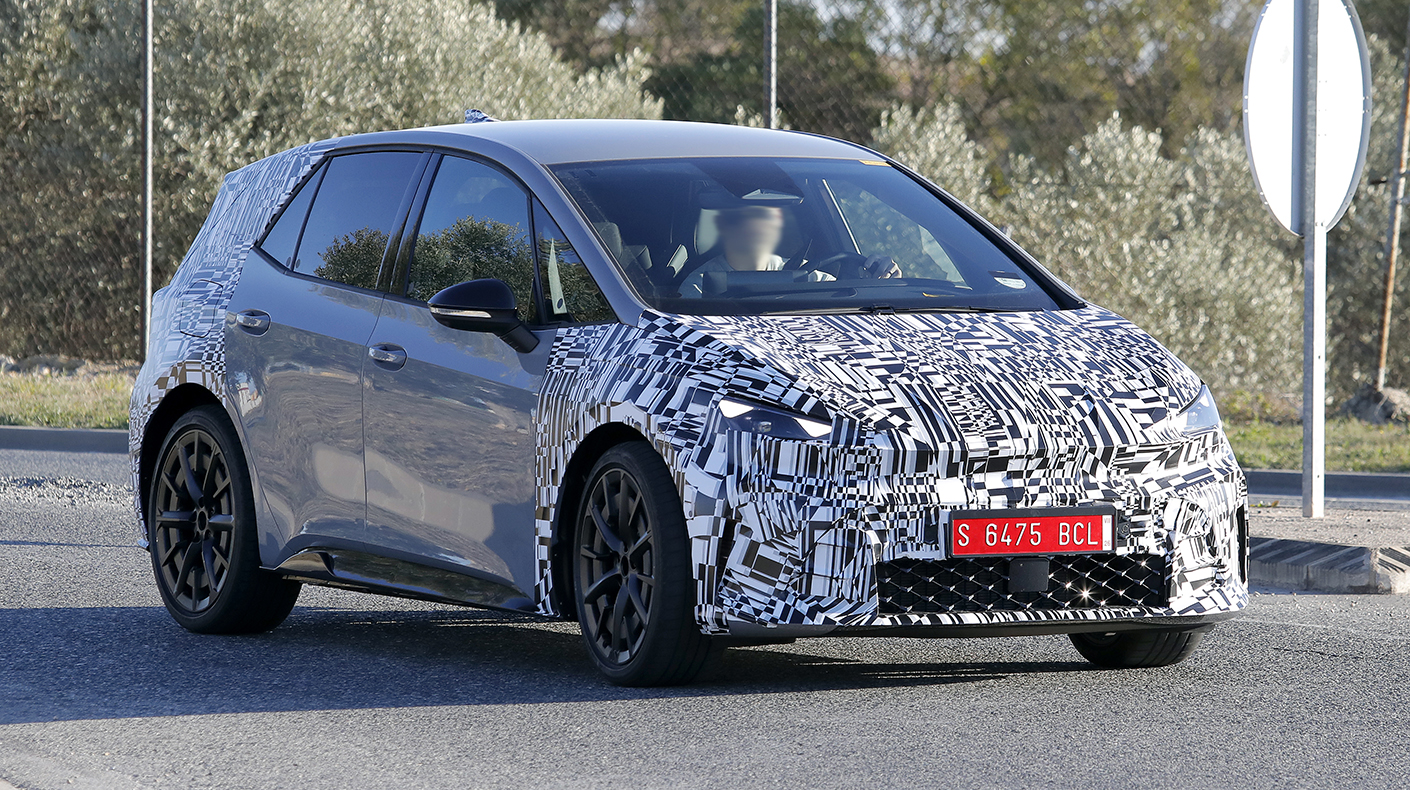By SEMA News Editors
Porsche Opens New State-of-the-Art Parts and Technical Training Center in Fort Worth, Texas

Porsche Cars North America (PCNA) has announced the opening of its new Parts Distribution Center and Technical Training Facility in Fort Worth, Texas. Strategically located in the heart of the country, the facility is designed to enhance service efficiency, support dealer operations, and provide advanced training for Porsche technicians across the region. In addition to these operational improvements, Porsche is investing in the local workforce, employing 21 full-time staff.
At more than 300,000 square feet, the new facility--Porsche's second-largest Porsche Distribution Center globally--will serve as an important logistics hub. Supporting same-day and next-day parts distribution across Texas and the larger region, the center will help dealers optimize vehicle service times and further improve customer satisfaction. Additionally, a newly launched nationwide shuttle network will connect all of Porsche's parts distribution centers, reducing reliance on third-party carriers, minimizing damage risk and enhancing freight security, said Porsche.
"This new hub reflects Porsche's dedication to excellence in service and customer support," said Glenn Garde, vice president of after-sales at PCNA. "By investing in Fort Worth, we're not only improving logistics and training capabilities, but also strengthening our connection to our dealer network."
"The Fort Worth Parts Center is a major milestone in our logistics strategy," added Brad Skoff, president of Porsche Logistics Services. "It allows us to deliver parts faster and more efficiently, while also creating meaningful jobs and economic impact in the region."
While logistics are a key focus, the center also features a next-generation training facility offering hands-on instruction for internal combustion, hybrid and battery electric vehicles (BEVs). With three classrooms and a workshop with three lifts, the center provides technicians with immersive, practical learning experiences. Porsche expects to train approximately 800 technicians annually through the Certified Porsche Technician Program (CPT).
For more information, visit the Porsche website.
Hennessey Announces Alex Roys as President

The Hennessey Group has announced the promotion of Alex Roys to president, overseeing all operations across Hennessey® Performance, Hennessey® Special Vehicles, and Tuner School®. Roys, who joined Hennessey in 2013, assumes the role effective immediately to lead day-to-day management of all the Group's activities. Company founder and CEO John Hennessey will continue to guide overall strategy and long-term vision.
Under Roys' operational leadership, Hennessey has expanded partnerships with Ford, General Motors and Stellantis. The brand has delivered some of the most powerful and sought-after builds in the industry, including The EXORCIST® Camaro ZL1, 1,000-horsepower Cadillac Escalade-V, RAM MAMMOTH® TRX and RHO, and high-performance Ford Venom® F-150, VelociRaptor® Raptor, and Super Venom® Mustang programs, said Hennessey.
"Alex has proven himself as a strong, capable leader who embodies the passion and performance spirit that defines our brand," said John Hennessey, founder and CEO. "His deep understanding of our customers and his commitment to innovation make him the ideal person to drive our next chapter of growth while preserving the Texas grit that got us here."
Roys' appointment comes at a time of record growth for Hennessey. In 2024, the Sealy-based company built more than 570 vehicles and is on track to triple production by the end of 2026. In August, Hennessey broke ground on a $15 million expansion at its Texas headquarters, adding capacity for vehicle production, Tuner School's hands-on education programs, and future growth of Hennessey Special Vehicles.
"Having worked across nearly every facet of the company, from washing cars to operations, I've gained a deep understanding of what makes Hennessey tick," said Roys, new president of The Hennessey Group. "This unique perspective has allowed me to streamline processes and ensure we remain agile, even as we scale. Moving fast is at the core of who we are both on the track and with running the business and I am very committed to pushing that forward as well as keeping our desire for excitement. I am thrilled to be continuing with an already brilliant leadership team, and together we will continue pushing the boundaries of what we can achieve while maintaining the culture of excellence that has always been at the heart of Hennessey."
Roys, a Texas A&M graduate, joined the company when Hennessey was a tight-knit team of just 15 employees. Over the past decade, he has held multiple key positions within the company, growing alongside the brand as it has expanded into one of the world's most respected hypercar builders and performance brands. Most recently, as chief operating officer, he played an instrumental role in helping streamline processes and expedite growth, supporting Hennessey's rise from a small, passionate group to a robust organization with over 140 employees and growing.
Beyond his leadership experience, Roys is a recognized enthusiast. Being an avid motorsports fan and skilled driver, he has a genuine passion for performance that goes beyond the boardroom. Whether he's leading a meeting, analyzing financials, or behind the wheel testing the latest Hennessey build on the track, Roys' hands-on approach and deep understanding of the automotive world give him a unique, expert perspective on everything the company does. His knowledge and enthusiasm for all things high-performance are central to Hennessey's ethos, helping drive the brand forward with authenticity and credibility.
Cosmo Tires Secures Three U.S. Federal Patents for Cutting-Edge Design & Technology

Cosmo Tires has announced three newly granted U.S. Federal Patents.
The GripIt XT Tread Design: Born in a Sketchbook, Perfected in the Wild
Cosmo Tires has officially received a U.S. Federal Design Patent for the tread design of its acclaimed GripIt XT Extreme All-Terrain tire. This tread wasn't born in a lab--it started as a hand-drawn sketch by Cosmo Tires CEO Tony Gonzalez and evolved over two years of engineering, torture-testing and fine-tuning until the tiger was ready to roar. The result? A tread pattern featuring Geometric Isolation™ technology that crushes the noise game--delivering a 20% quieter sound signature than Tier 1 competitors, said Cosmo.
Innovative Treadwear Indicator: Design Protection Earned
Cosmo's inventive Battery-Life-Style Treadwear Indicator has also been granted U.S. Design Patent protection. This smart, intuitive feature lets consumers instantly see how much tread life remains—no guesswork, no hassle, just Kool Kat clarity. It's a simple idea executed brilliantly, giving drivers real value every single mile, said Cosmo.
The Kurrent: EV-Ready, 70,000 Miles Strong, and Now Officially Patented in Style
The Kurrent, Cosmo's 70,000-mile premium touring tire and its first EV-Ready model, has been awarded a Federal Patent for its unique sidewall art. Designed by CEO Tony Gonzalez, the sidewall features a mesmerizing blend of sunbursts and lightning arrays that wrap the entire tire — delivering curb appeal that stands out, especially to female drivers who love performance and personality in equal measure.
For more information, visit the Cosmo Tires website.
